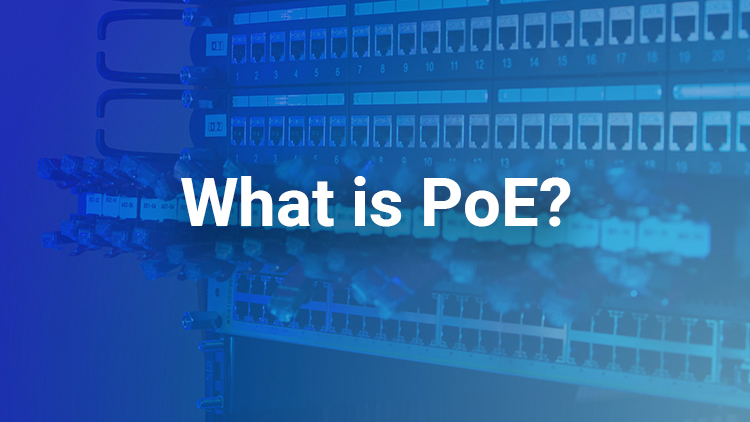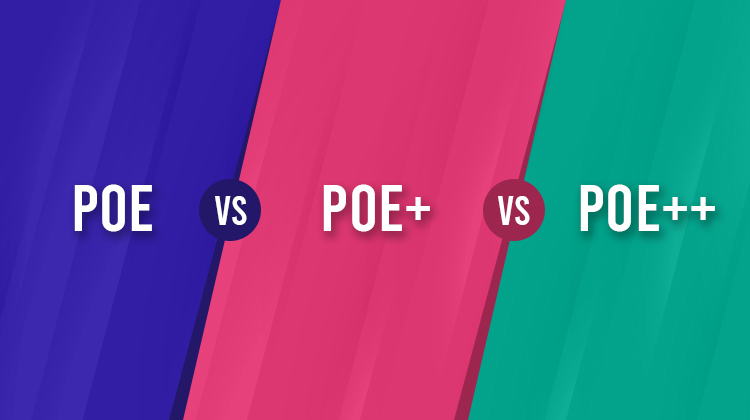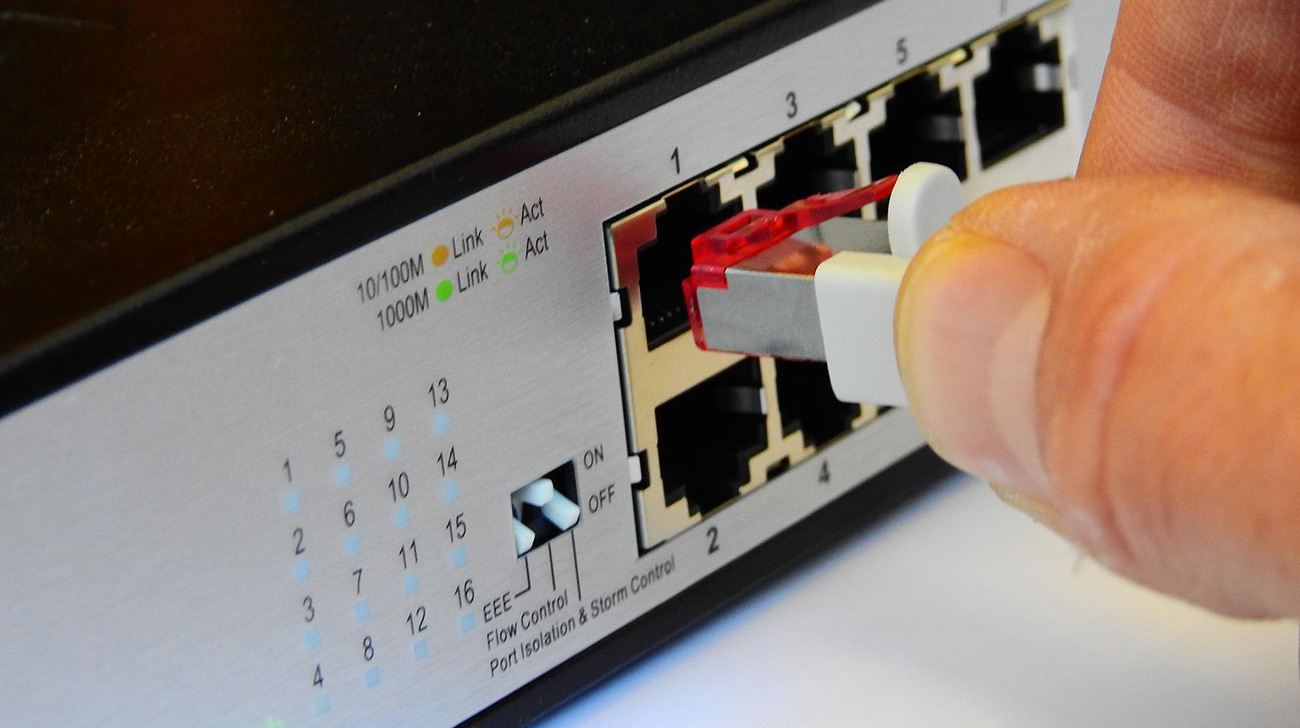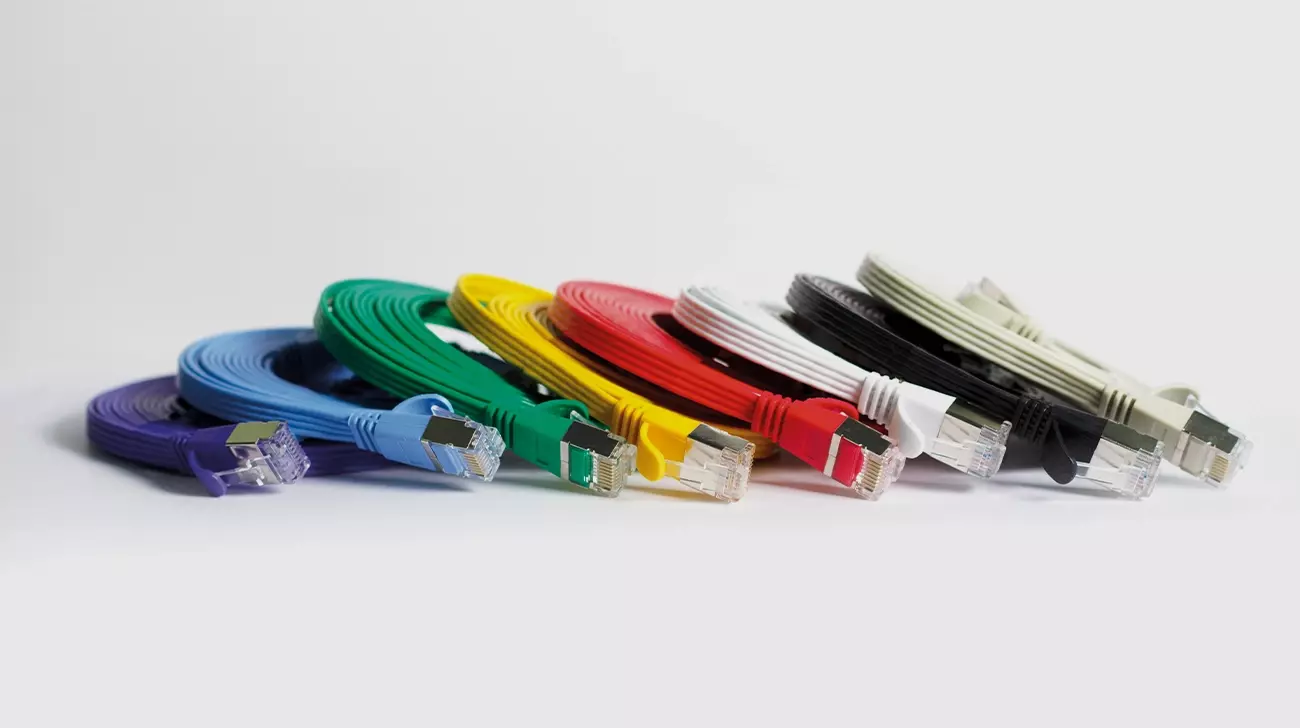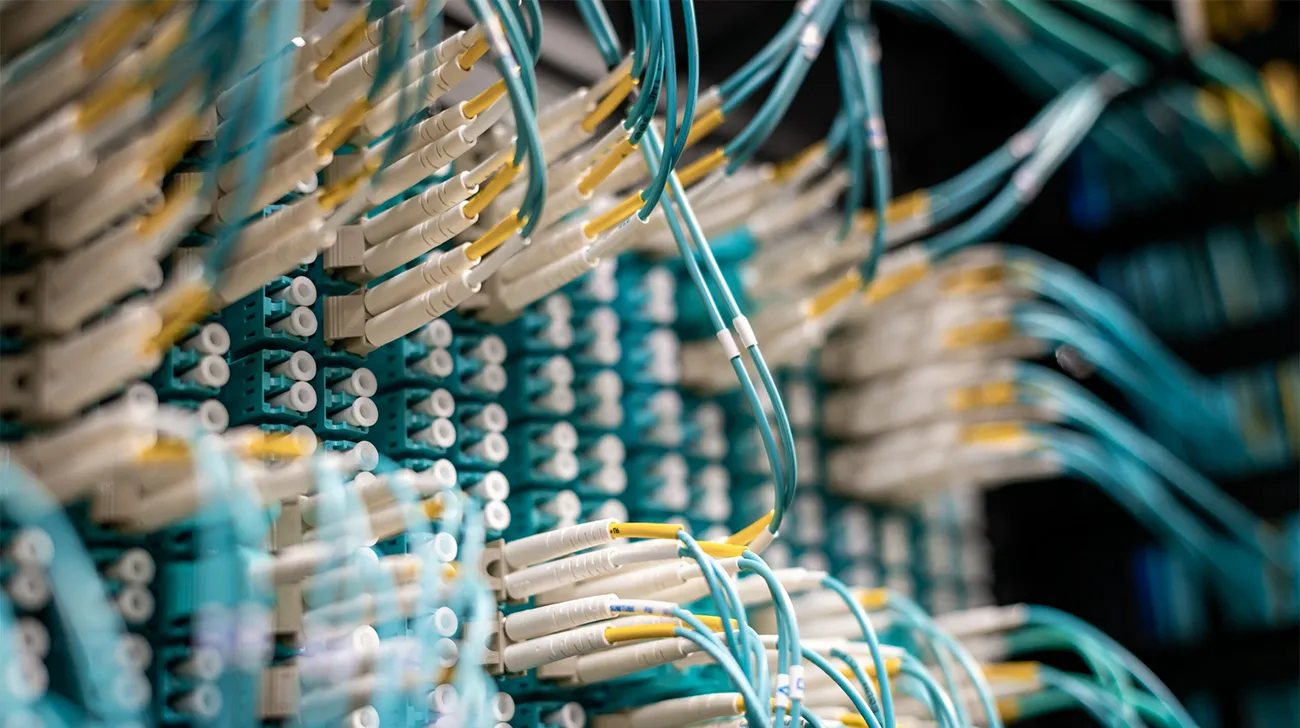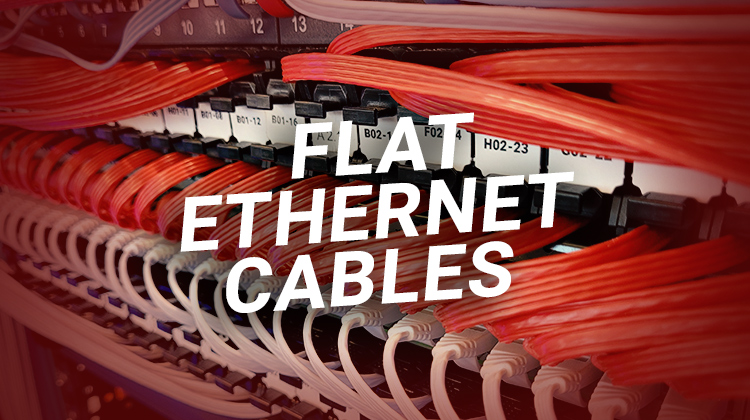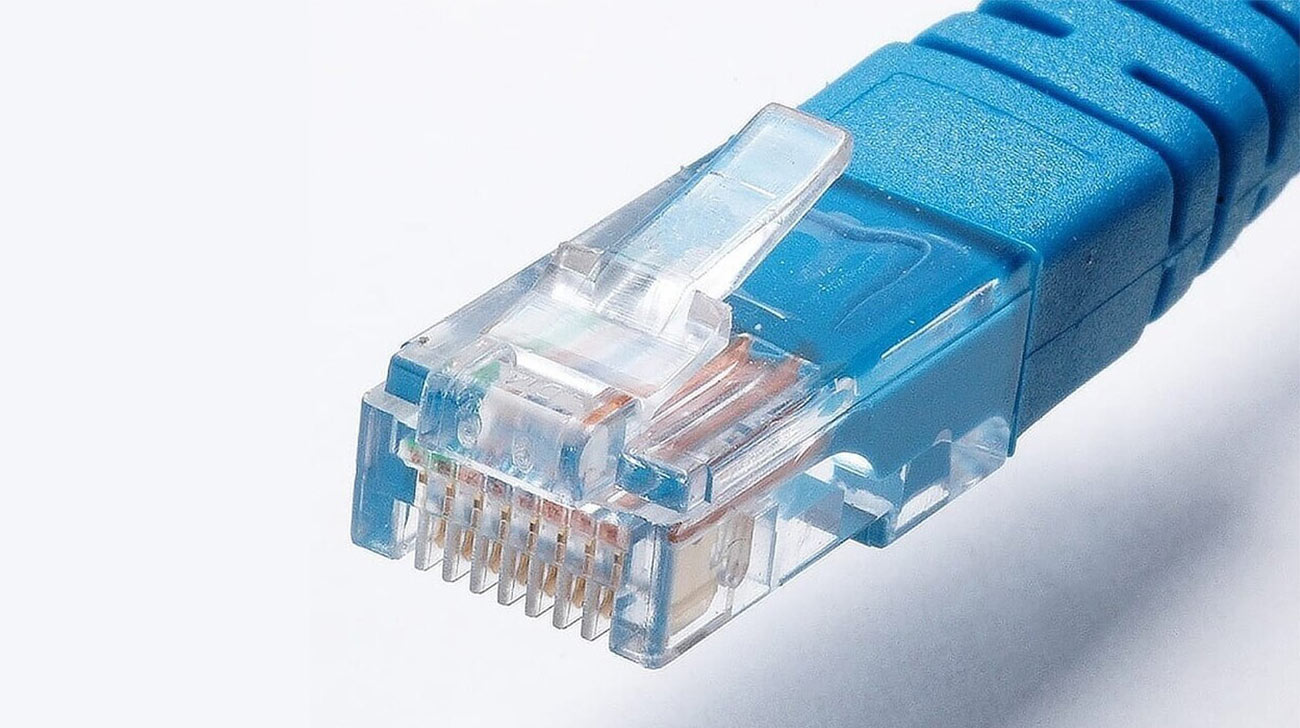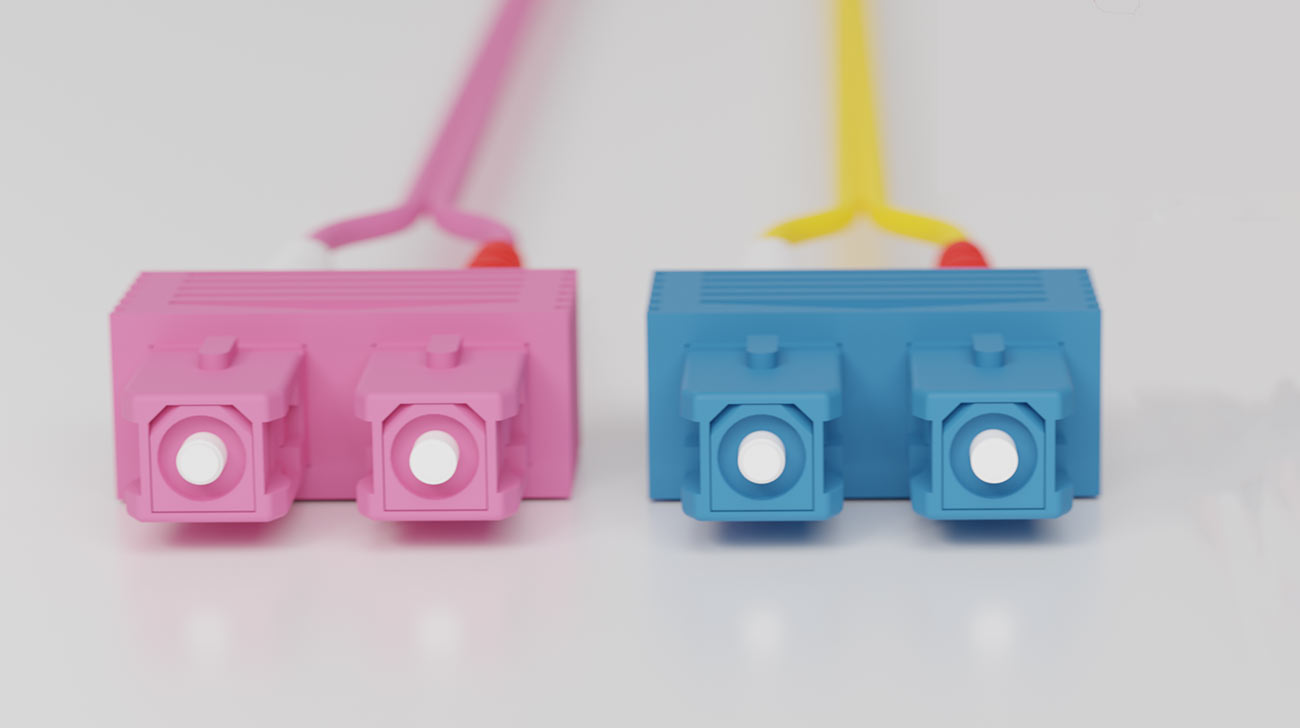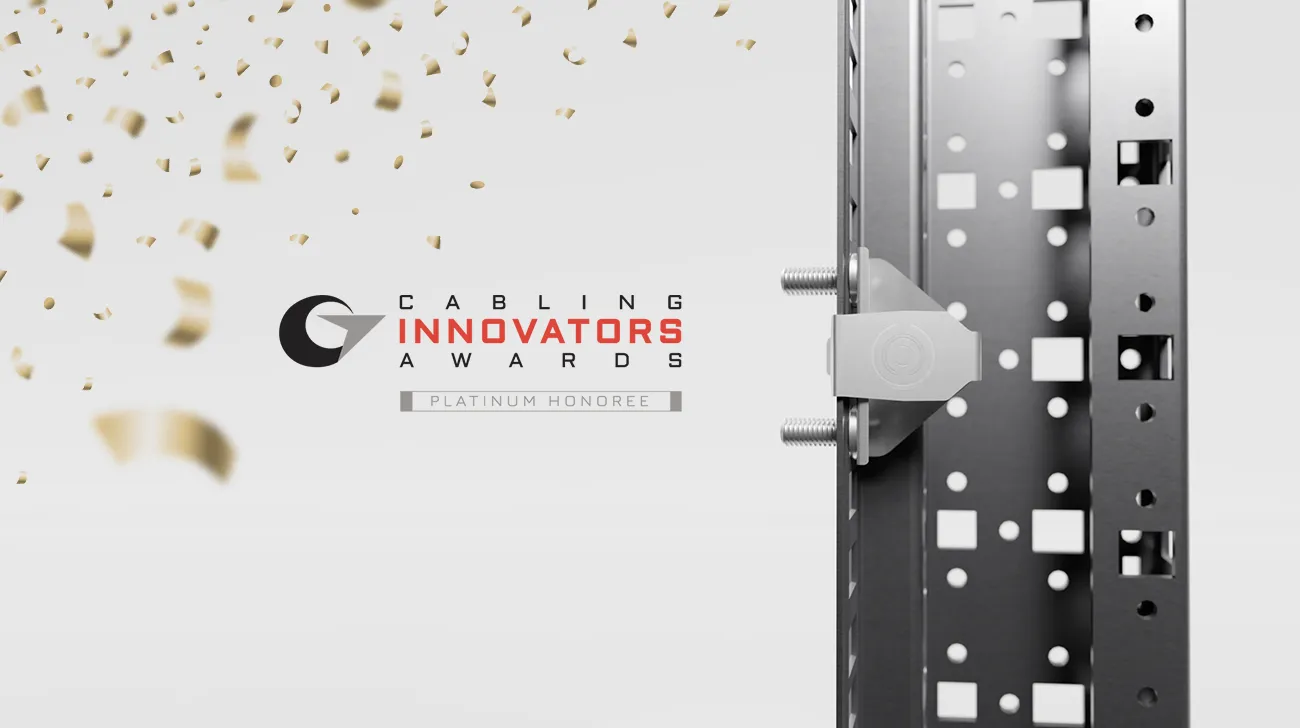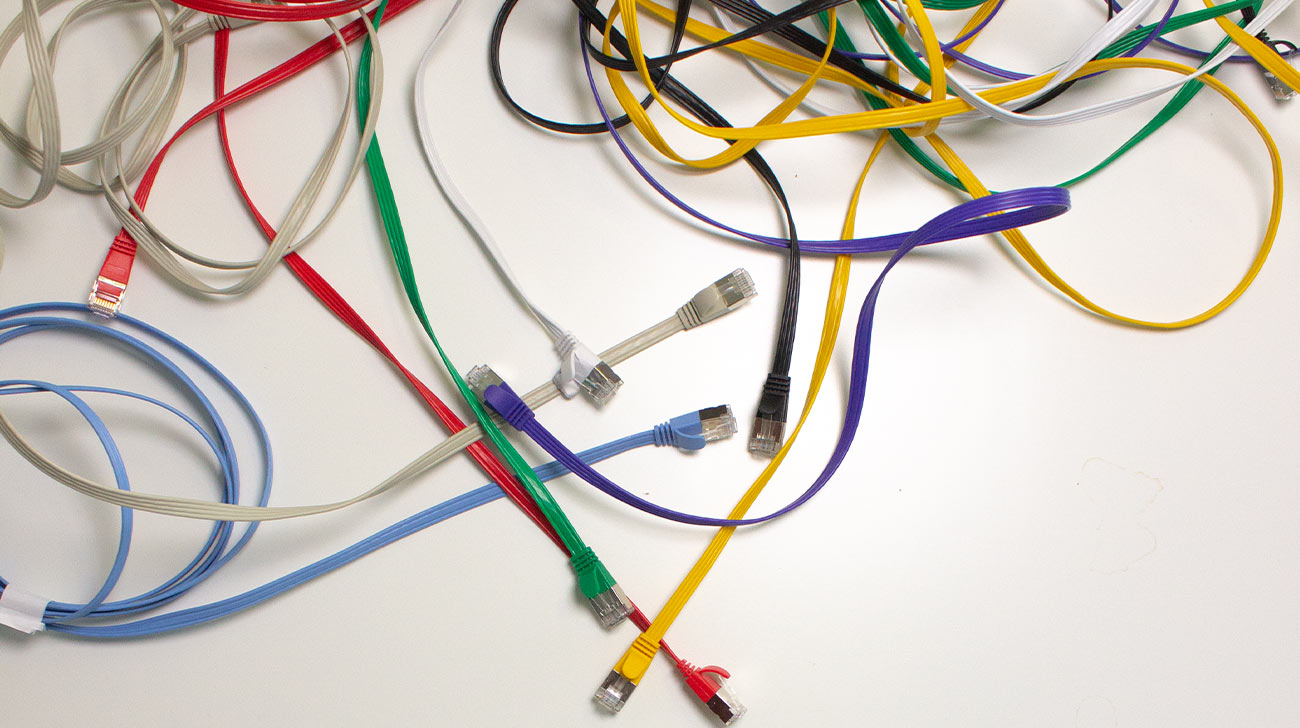Power over Ethernet (PoE) devices have been popular in both the home and business environments for several years.
In addition to the power supply via the network, this technology has many other advantages. Meanwhile, almost all devices can be controlled this way with appropriate adapters.
In this text, you will learn what you need to consider when setting up, its areas of application and will tell you, what PoE is.
Definition & Explanation
In simple terms and roughly translated, this is electricity supply via a network (Ethernet). The respective devices must of course be network compatible. In addition to data transmission, the LAN cable also serves as a power supplier.
This can save cables and thus space, especially in network cabinets or corners of the building. Deployment or installation costs are also lower as a result.
Where to use it?
Network cables are primarily used for data transmission and cannot usually withstand high voltages. Therefore, PoE can often only be used by network devices with low power requirements.
Applications for this can include small switches or media servers drawing their power from the data network. Power over Ethernet is much more common for IP cameras and VoIP telephones, routers or access points. These require only a low voltage and are often located in corners or small cabinets in private homes. Cable clutter can thus be avoided.
With the increasing use of smart home devices, this type of power supply is becoming common in many households. In the industrial environment, PoE is suitable for sensors or measuring devices. This is an efficient solution, especially for warehouses that are to be retrofitted with such devices.
The advantages
In addition to the above-mentioned applications at home, this technology offers many exciting solutions, especially for corporate clients.
Thus, PoE switches are used to efficiently provide power and data transmission via the Ethernet cable. They are usually available in configurations of 8 to 48 ports. The 48-port variants are particularly popular in the business environment.
Furthermore, Power over Ethernet converters, splitters and injectors can also be used to control devices that do not have this technology. The cables also play an important role here.
Which cables for Power over Ethernet?
It is possible to use this technology with category 5 patch cables with RJ45 connectors. PoE takes advantage of the fact that only two of the four twisted pairs of wires are used for the power supply.
UTP cable, i.e. unshielded twisted pair cable, is not recommended for this purpose, however, because unlike its shielded counterpart (F/UTP) it conducts heat less effectively. Large cable bundles or similar can also lead to overheating in the cable duct.
Cat.6a conductors are used most often as well because of their higher resistance and better thermal conductivity. The flat ethernet cables from PATCHBOX are PoE-compatible and offer an efficient and cost-effective solution in all areas of application. To find out more about Cat.6a cables and the difference from the Cat.6 type, click here.
Voltage & Watts
With IEEE 802.3af-2003 PoE a voltage of 44 to 57 volts DC is provided via the LAN cable. With PoE+ and HiPoE, it may even range between 50 and 57 volts DC. On the one hand, this meets the low-voltage requirements of the SELV (Safety Extra Low Voltage) standard. On the other hand, this allows an efficient current flow via the Ethernet cable.
The amplitude of the power output also varies depending on the standard, which means different areas of application.
All types of PoE
There are four types: PoE, PoE+ and two types of PoE++, also called 4PPoE. The output, as well as the power to the end device, varies with each Power over Ethernet standard. In the following table we have created an overview and compared PoE, PoE+, PoE++ IEEE 802.3bt (type 3) and PoE++ IEEE 802.3bt (type 4):
| Name | Standard | Max. Power per port | Max. Power to end device | Devices supported |
|---|---|---|---|---|
| PoE | IEEE 802.3af | 15.4 W | 12.95 W | VoIP Phones |
| PoE+ | IEEE 802.3at | 30 W | 25.5 W | Video IP Phones |
| PoE++ | IEEE 802.3bt (Type 3) | 60 W | 51 W | Video conferencing setup |
| PoE++ | IEEE 802.3bt (Type 4) | 100 W | 71.3 W | Laptops |
What should you be aware of?
Several considerations arise from this, which are decisive for the use of Power over Ethernet in the private or business sector as early as the planning stage.
In addition to the aforementioned use of adequate cables for the IT environment, their routing is also important. Since they transmit not only data but also power, PoE cables are more likely to heat up. Heated conductors can transmit less data due to additional attenuation.
The maximum transmission performance should be adapted to the temperature conditions. When purchasing cables, it is therefore important to ensure that the wire cross-section does not exceed an AWG value of 24.
With cables longer than 100 meters, a reduction in voltage can also occur with PoE switches without additional extenders. The longer a network cable is, the more severe the losses that occur. However, PATCHBOX eliminates this risk because the retractable flat ethernet cables have a maximum length of 2.5m, which is far below the 100m limit.
Finally, it is important to know the power requirements of the powered devices (PD), especially when using PoE switches. Performance problems can also occur if the total power requirements for the switch are too high.
When do I need a PoE switch?
A PoE switch, like all devices of this type, is responsible for establishing wired connections between devices in a network. In addition, Power over Ethernet technology is used to transmit power via the data cable.
Access points can be integrated into the network just as efficiently as, for example, security cameras or other powered devices with low voltage. When purchasing a switch, it therefore makes sense to pay attention to PoE compatibility to set up a cost- and space-saving network.
For splitters that do not have this technology, the use of midspan power sourcing equipment (PSE) is recommended. PoE injectors comprise such midspan PSEs. The injector can then deliver the data flow from a non-PoE switch to a PD via a connected cable with both data and power.
Active vs. passive: What’s the difference?
Active Power over Ethernet switches are also known as standard PoE. They balance the correct voltage between the power supply (PSE) and the end device (PD) before each power-up. Should the desired power between the splitter and the device be incompatible, power will not be supplied by the switch. This prevents damage to the PD or even cable burnout.
The passive counterpart, on the other hand, does not perform such a pre-check. There is no communication between the two devices and the power supply is always on. The passive PoE switch therefore sends power continuously, regardless of whether the end device supports the technology or not.
NGAT
Our PATCHBOX, an innovative cable management system for the network cabinet, is also PoE-enabled. The retractable cables, which ensure tidiness and faster patching and troubleshooting, are available as both UTP and STP.
Both cable versions can do Power over Ethernet – while our Shielded Twisted Pair can do PoE, our UTP version can even do PoE++ (802.3bt type three). To learn more about the PATCHBOX, click here.
